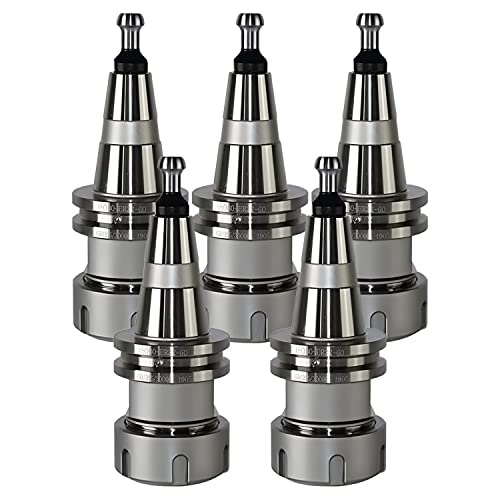Hi all
many thanks for all the replies. Here is where I am at. Sharpening my own tools, well I was thinking if the cutting angle wasn't perfect I had ruined the tool. I have found some hss tools, and had a go, and was pleasantly surprised that the finish was better. On close inspection (these all came from a deceased friends collection) he had been making specific tooling no doubt for specific jobs. Can these be continually changed by me if I want to, maybe a silly question but do they lose strength?
Back to the indexable set I have, well now I realise they are cheap. A set of 5, £30 from the Northern engineering show would probably mean not that great now I have started looking around?
I intend to go to Doncaster this year, so will pick up some tools there, and some books, cant beat a good read.
What would I like to achieve? well my machining really is basic things for model boats and planes, simple fittings etc that cant be bought, searchlights, handles and the like, its much nicer to make you own, and because of scratched finishes I then spend ages with wet/dry and polishing cloths. I will post a video and some pics.
Machine is a Chester conquest, I am second owner, although when I got it some 6 years ago it had not been used. I have been deliberating what to do with it, over time (and not much use) the backlash and as I call it slop has increased, parting takes two cuts to stop it kicking back, and the cross slide has excessive play that I cant seem to get rid of. Chester at Deeside is half hour away, I have attempted to contact them twice since Christmas, they still have not replied, with the intention of asking do they do any courses, like Axminster do (in Warrington) or offer any sort of service/set up training.
So, its sort machine out, and touch/buy
http://www.thedoncastershow.com/
I'm on a budget, I use 6mm tooling, can I have a shopping list suggestion please, I cut brass and cheap ally, occasionally plastics, machine will be sorted by then!
Many thanks for all replies and suggestions, pics to follow
Paul




































![TurboCAD 2020 Designer [PC Download]](https://m.media-amazon.com/images/I/51UKfAHH1LL._SL500_.jpg)


















![MeshMagic 3D Free 3D Modeling Software [Download]](https://m.media-amazon.com/images/I/B1U+p8ewjGS._SL500_.png)










![DreamPlan Home Design and Landscaping Software Free for Windows [PC Download]](https://m.media-amazon.com/images/I/51kvZH2dVLL._SL500_.jpg)





